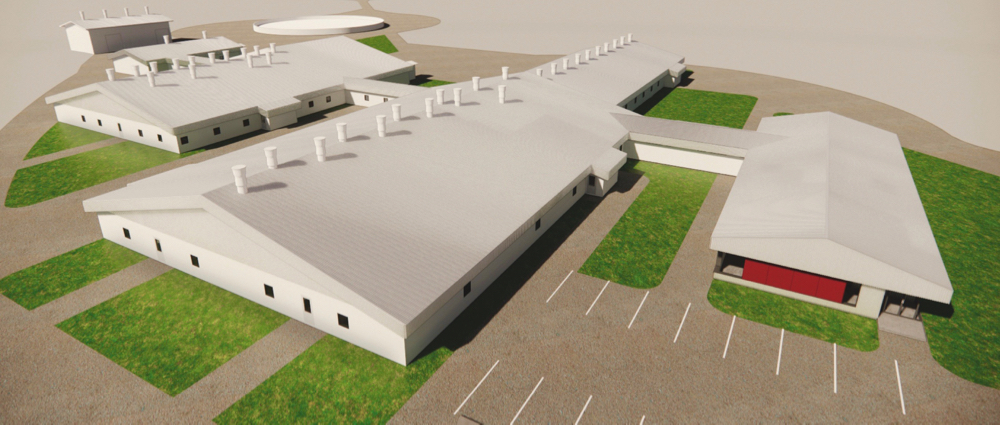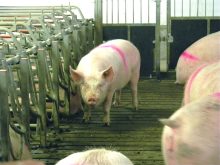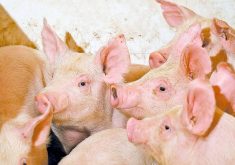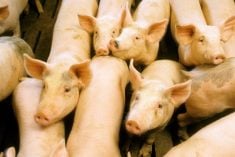Construction of the new Ontario Swine Research Centre (OSRC) is about to begin.
“This is another major step forward in our industry’s commitment to innovation,” said John de Bruyn, Ontario Pork’s new chair at the organization’s annual meeting.
“Investment in this new research facility will help maintain the competitiveness of our Ontario pork industry.”
Read Also
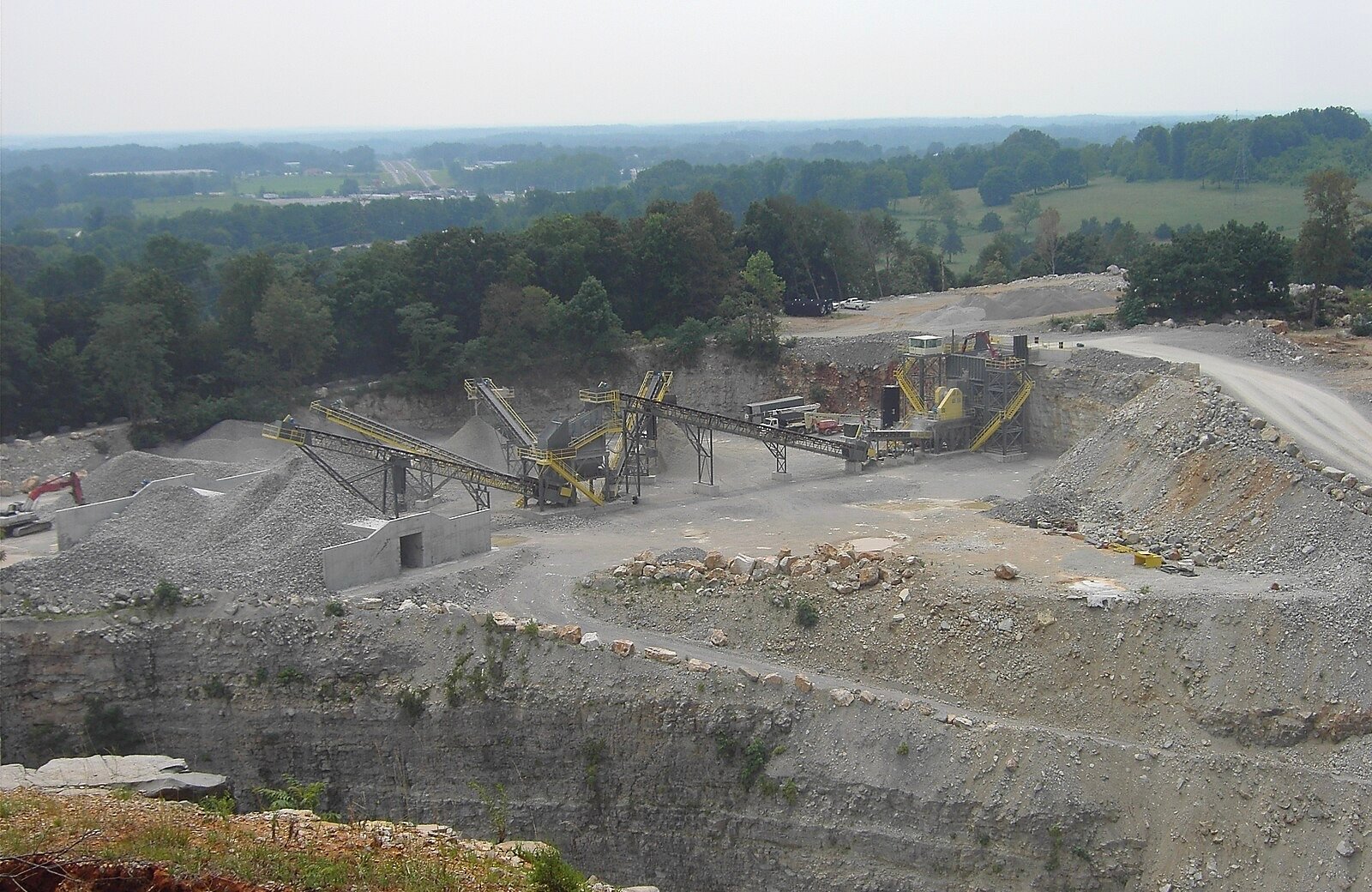
Melancthon faces a new quarry fight over water, environment and farmland risks
A proposed Strada blast quarry in Melancthon, Ont., sparks regional debate over water protection, farmland sustainability, and Ontario’s aggregate policy.
Why it matters: The Arkell Research Station in Guelph is approaching its end of life, so a new animal health-and-welfare-compliant facility is needed.
Designed to support competitiveness, sustainability and industry research needs for decades to come, the OSRC will be built in at the University of Guelph’s research farm near Elora near the new beef and dairy research facilities.
“The facility will be built with flexibility in mind, factoring in the evolution of the Ontario industry,” said Christa Roettele, media relations for Ontario Ministry of Agriculture, Food and Rural Affairs (OMAFRA), in an email. “A modular design will ensure that different swine units, i.e. sow, nursery, finishing areas, can be modified or expanded if required.”
Roettele said OSRC’s research capacity includes a wide number of disciplines including:
- animal health (pathogen management, antibiotic resistance)
- animal nutrition
- animal welfare and housing systems
- consumer-oriented research, economics and cost of production
- environmental factors (air quality, odour management)
- genetics, manure/nutrient management
- precision agriculture
- reproduction
De Bruyn said the various production areas in the facility connect via a central spine hallway with a negative pressure ventilation system, which uses chimney fans, reducing the likelihood of air recontamination from other areas.
The OSRC is expected to have a production capacity of 350 to 370 sows, 600 weaners and 240 finishing hogs, said de Bruyn.
The farrowing area will feature five rooms able to accommodate 14 sows and provide nursing sows with four feeding options to accommodate flexible nutrition trials. The eight-by-nine-foot modular sow housing adjusts to confine the sow during farrowing and opens to a pen-style format with a protective creep barrier for piglets. The piglet area will have heated floors and cover to create an appropriate microclimate for optimal welfare, said de Bruyn.
Static group pens for loose sow housing will be in the dry sow area, with two feed stations per pen and the aforementioned four-feed option for each station. There will also be smaller pens to house boars.
The breeding area will have small pens and spaced stalls to prevent sows from protruding into the next stall when lying down and the animals can be fed via volumetric drops. To the right of the breeding area will be a multi-purpose research space.
The facility will have a feed centre and a feed preparation area able to mix and deliver feeds, including rations on a per-feeder basis, from various bins to the weaner and finish area. It also includes a shipping area to hold and ship pigs of all ages, a cold storage area for mortalities, a necropsy and procedures room, a service and repair shop, and a mechanical and electrical room.
The weaner area has five rooms with flexible pen designs to accommodate five to 20 pigs per group and a finishing area with two rooms with various size pens. The OSRC’s acclimatization barn will house incoming breeding stock to reduce disease outbreak potential. The isolation barn features a biosecurity entrance for staff.
“The facility will adhere to the Animals for Research Act and the Canadian Council on Animal Care (CCAC) guidelines for swine,” said Roettele. “Biosecurity and worker safety protocols are paramount design considerations to ensure the health and safety of both workers and livestock.”
Due to the ideal orientation of the OSRC, it could be fitted with solar panels in the future to mitigate its environmental footprint, said de Bruyn, adding that’s not in the current plans.
De Bruyn said equipment is selected, supplier contracts are being signed, building and other permits are in the finalization stages, and general contractor selection is underway.
In addition to their commitment to contribute 20 per cent of the cost, the Ontario Pork board recently approved an additional $150,000 to ensure a total of five viewing areas in different production areas are incorporated.
Roettele said the total budget is currently $15 million, with $12 million provided by the Ontario government via the Agricultural Research Institute of Ontario (ARIO) and $3 million from Ontario Pork.
When asked if skyrocketing costs for building supplies due to COVID-19 was a concern, Roettele said: “The cost and market conditions are monitored by ARIO to prevent or limit the erosion of the project budget.”




